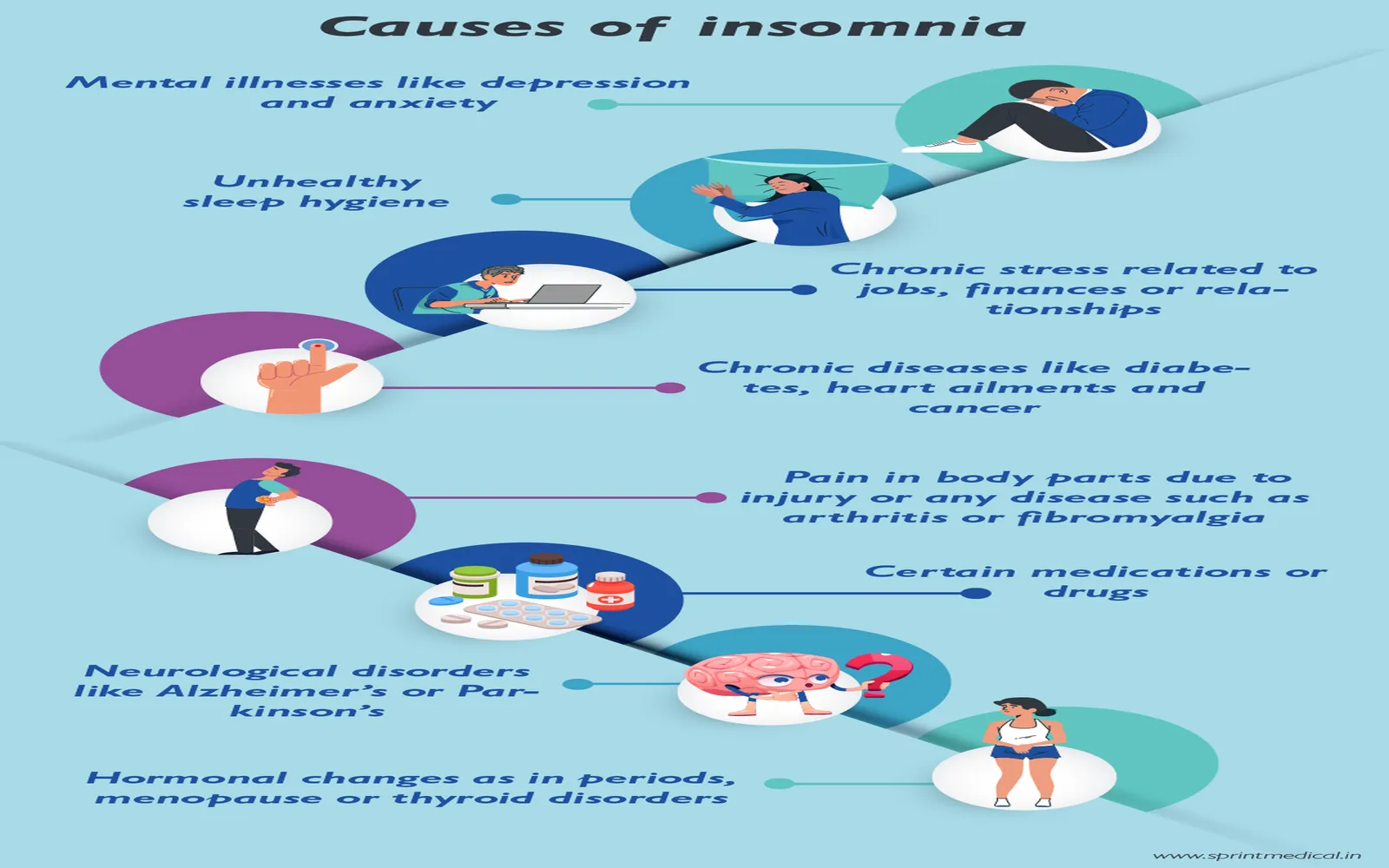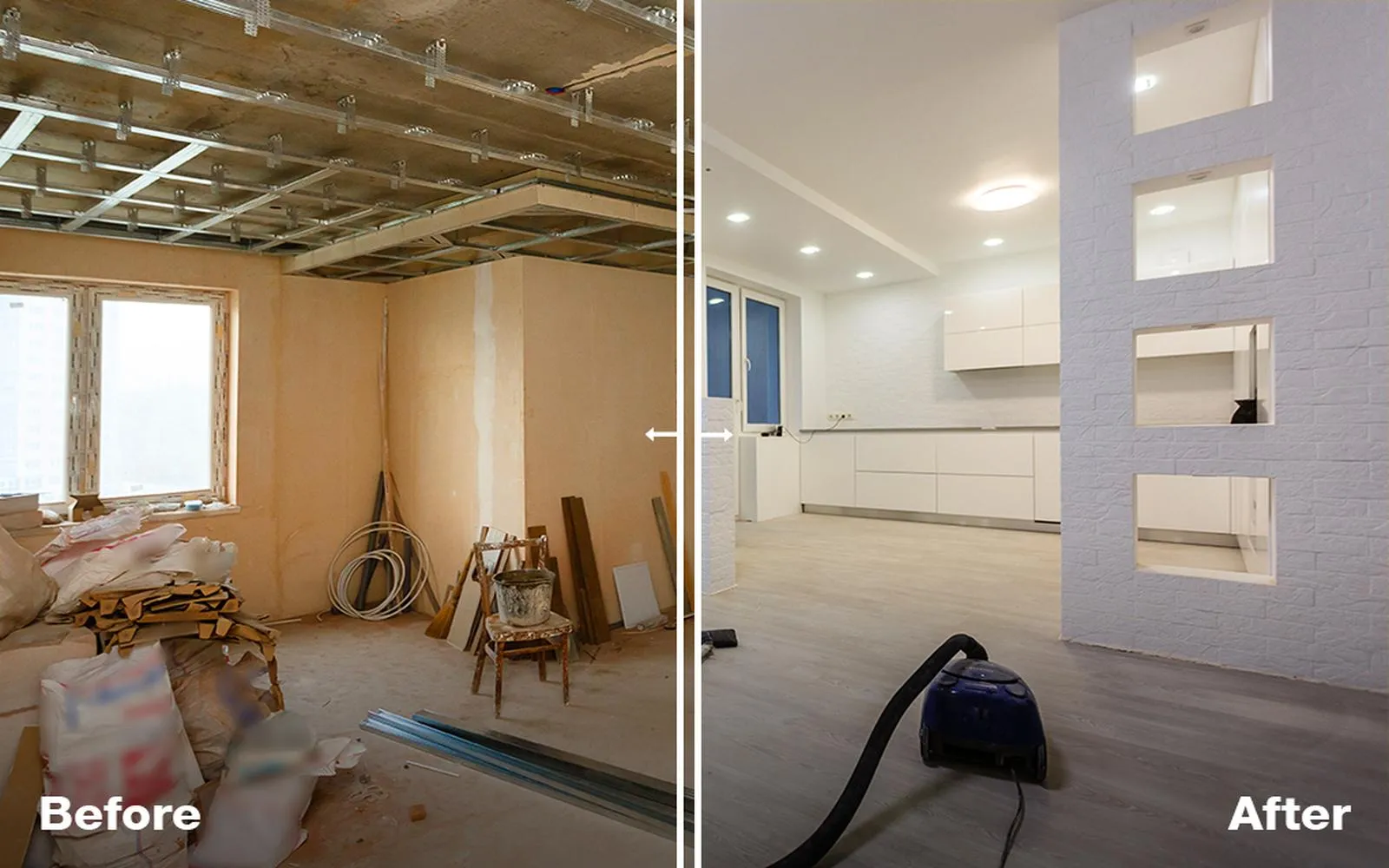The Ultimate Guide to Helpdesk Systems for Better Customer Support
A helpdesk system is a software solution designed to manage customer inquiries, issues, and requests effectively. It helps businesses provide efficient customer support by tracking and resolving problems in an organized, streamlined manner. Helpdesk systems centralize communication between businesses and customers, allowing support teams to manage tickets, communicate with customers, and monitor performance.
Why Your Business Needs a Helpdesk System
A reliable helpdesk system provides numerous benefits to both businesses and their customers:
- Improved Customer Satisfaction: Helps resolve issues quickly and efficiently, leading to happier customers.
- Better Organization: Centralizes all customer requests in one place, making it easier to track and manage.
- Faster Response Times: With automated ticket routing and prioritization, your support team can resolve issues faster.
- 24/7 Support: Many helpdesk systems integrate with chatbots and AI tools to provide round-the-clock support.
- Reporting and Analytics: Collect data on ticket volume, response times, and customer satisfaction to continually improve your support process.
How Does a Helpdesk System Work?
A helpdesk system functions by managing customer support tickets through various stages, from submission to resolution. Here’s how the process typically works:
1. Ticket Creation
A customer submits an inquiry, issue, or request via email, phone, live chat, or a web form. This creates a support ticket in the system, automatically assigning it a unique ID.
2. Ticket Assignment
The ticket is then assigned to a support agent based on predefined rules such as priority, expertise, or availability. Some systems automatically route tickets to the right team or agent.
3. Ticket Resolution
The assigned agent investigates the issue, communicates with the customer, and resolves the problem. Agents can update the ticket with progress notes, responses, and solutions.
4. Ticket Closure
Once the issue is resolved, the ticket is closed, and the customer is notified. Feedback requests may be sent to measure customer satisfaction.
Key Features of a Helpdesk System
✅ Ticket Management
Tracks the status of every customer support request, ensuring it’s handled promptly and efficiently.
✅ Multi-Channel Support
Integrates multiple communication channels (email, phone, live chat, social media) into one platform.
✅ Automated Ticket Routing
Automatically assigns tickets to agents based on predefined criteria, such as issue type or priority.
✅ Knowledge Base
Provides customers with self-service options, such as FAQs or troubleshooting guides, reducing the volume of tickets.
✅ Live Chat Integration
Enables real-time, direct communication with customers, allowing agents to resolve issues quickly.
✅ Reporting and Analytics
Generates reports on key metrics such as response times, customer satisfaction, and ticket volume to identify trends and improve support efficiency.
✅ Collaboration Tools
Allows agents to collaborate internally, add comments, and escalate tickets to senior team members when necessary.
Benefits of a Helpdesk System for Your Business
1. Streamlined Support Process
By centralizing support activities, your team can provide faster, more efficient service. Tickets are assigned, tracked, and resolved more systematically, reducing errors.
2. Increased Customer Loyalty
Faster and more effective support leads to satisfied customers who are more likely to stay loyal to your brand. Resolving issues promptly can help retain customers and encourage repeat business.
3. Improved Productivity
Automating ticket management, follow-ups, and responses saves time for your support team, allowing them to handle more inquiries with fewer resources.
4. Better Data-Driven Decisions
The reporting and analytics features of a helpdesk system provide insights into customer support trends, allowing you to identify areas of improvement, measure agent performance, and optimize workflows.
5. Scalability
As your business grows, so do your support needs. A helpdesk system can scale to accommodate increased ticket volume, more agents, and more channels, ensuring your support infrastructure grows with your business.
Choosing the Right Helpdesk System
When selecting a helpdesk system, consider the following factors to ensure you choose the best solution for your needs:
1. Ease of Use
The system should be user-friendly and intuitive for both your customers and support team. A complex interface may slow down response times and reduce productivity.
2. Customization
Look for a system that allows you to customize ticket categories, workflows, and customer-facing elements like automated responses and knowledge base articles.
3. Integration with Other Tools
Ensure that the helpdesk system integrates seamlessly with your CRM, email marketing, and other business tools. Integration streamlines operations and provides a unified view of customer interactions.
4. Automation Features
A good helpdesk system should offer automation capabilities such as ticket routing, priority assignment, and follow-up reminders to improve efficiency and response times.
5. Pricing
Consider the pricing model—many helpdesk systems offer subscription-based plans based on the number of users or support tickets. Choose a plan that fits your budget while providing the necessary features.
Popular Helpdesk Systems
Here are some popular helpdesk systems that businesses use for customer support:
| Helpdesk System | Key Features | Best For |
|---|---|---|
| Zendesk | Multi-channel support, reporting, ticket management | Medium to large businesses |
| Freshdesk | Simple interface, automation, knowledge base | Small to mid-sized businesses |
| Intercom | Live chat, automated messaging, CRM integration | Customer engagement-focused businesses |
| Jira Service Desk | Integration with Jira, advanced issue tracking | IT teams and tech businesses |
| HubSpot Service Hub | CRM integration, knowledge base, ticketing | Businesses using HubSpot CRM |
Best Practices for Using a Helpdesk System
- Set Clear SLA (Service Level Agreements) Define expected response and resolution times to manage customer expectations.
- Create a Knowledge Base Offer self-service options to customers so they can resolve simple issues on their own, reducing ticket volume.
- Use Automation Wisely Automate repetitive tasks, such as ticket routing or follow-up reminders, but avoid over-automation that could lead to impersonal service.
- Train Your Team Ensure your support team is well-trained on using the system effectively and is familiar with your company’s processes and procedures.
- Monitor and Improve Regularly review reports and feedback to identify areas where your helpdesk system can be improved, ensuring continuous optimization.
Conclusion: Enhance Your Customer Support with a Helpdesk System
A helpdesk system is an essential tool for any business looking to provide excellent customer service. It improves organization, response time, and efficiency while enhancing the customer experience. By automating ticket management, integrating communication channels, and offering data-driven insights, helpdesk systems help businesses streamline operations and boost customer satisfaction.
Choosing the right system and following best practices will set you up for long-term success in managing customer inquiries, resolving issues, and fostering customer loyalty.
Frequently Asked Questions (FAQs)
Q1: How do helpdesk systems improve customer satisfaction?
A: Helpdesk systems provide faster responses, streamlined ticket management, and 24/7 support, leading to quicker issue resolution and happier customers.
Q2: Can small businesses use a helpdesk system?
A: Yes! Many helpdesk systems are affordable and scalable, making them a great choice for small businesses looking to streamline customer support.
Q3: What’s the difference between a helpdesk system and a CRM?
A: A helpdesk system focuses on managing customer support tickets, while a CRM (Customer Relationship Management) system tracks broader customer interactions, including sales and marketing.
Explore
Revolutionizing Customer Support: The Rise of AI in Customer Service

How to Treat Insomnia Naturally and Effectively for Better Sleep

The Ultimate Guide to Professional Lawn Service for a Beautiful Yard

Experience the Ultimate Luxury Vacation with a Private Yacht Charter

Best Weight Loss Programs: Your Guide to Achieving Your Fitness Goals

A Complete Guide to Home Renovation for a Modern and Functional Space

The Complete Guide to Carpet Cleaning Services for a Healthier Home

A Complete Guide to Physical Therapy for Pain Relief and Mobility Recovery
